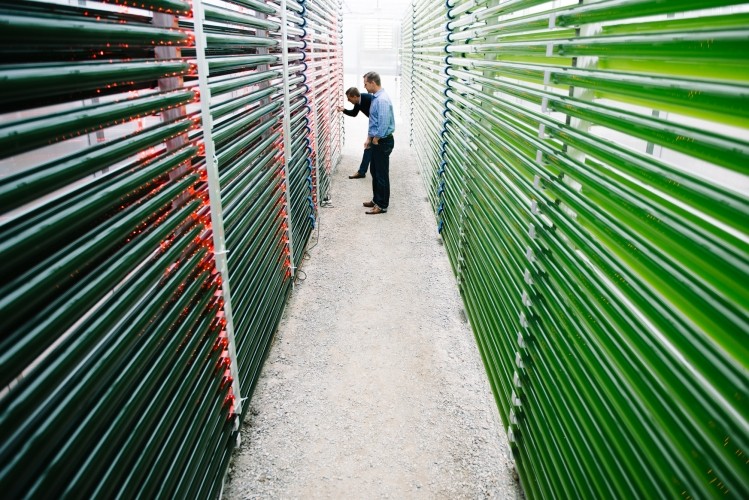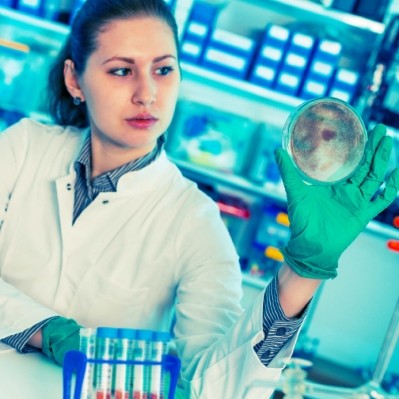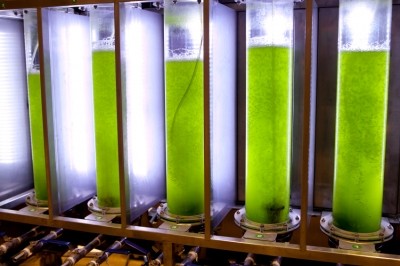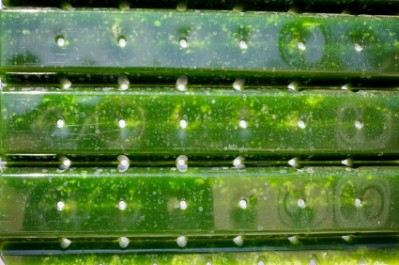US: Wastewater filtering company to produce algae for feed and food as byproduct

The company announced its first large scale advanced biological nutrient recovery (ABNR) system last month. The facility is set to be attached to a wastewater plant for South Davis Sewer District in Utah, which is expected to be starting production in a year.
The site is expected to process about 4m gallons of water a day, said Andrew Gordon, marketing development manager with Clearas.
“It is a challenge to scale and the way we have our system set up [there is] flexibility in design and design footprint,” he told FeedNavigator.
The systems are designed to manage different amounts of water, nutrient levels and can be added to new or existing facilities, he added.
It is designed to remove amounts of phosphorus and nitrogen from the wastewater streams as those are regulated nutrients, he said. Amounts in bodies of freshwater have been linked with algae blooms and dead zones.
The Montana-based company also is working to set up a business entity that will manage the generated by-product, he said.
“It’s meant to be one pass [through the filtering system] and done, depending on nutrient loads and flow rates,” said Gordon. “Our system is optimized we’ll adjust our internal environments dynamically to match what kind of nutrient load [is present] and incoming flow is automatically [adjusted].”
The company is currently examining several downstream markets for the algae produced in the water purification systems, said Gordon. These include animal feed, human food and biofuels.
Feed and algae use options
The first large-scale processing facility is expected to generate about 8,000 lbs of dry weight algae biomass per day, said Kyle Marshall, bio-resources team leader. The company has been exploring different markets for the by-product including animal feed.
“It’s a market that we’re still learning,” he told us. “We’re definitely interested in exploring the animal feed market and putting the relative products forward – we’re still in the exploratory phase.”
There are several different areas where algae can be used, he said. “Animal feed stock, human food applications, bioplastics with different components, fuels are on the table – there are a lot of market segments,” he added.
“It’s a, who can we satisfy first, and at the most reasonable price point for them and us,” said Marshall.
Additionally, the company is assessing the value of offering the algae by-product whole cell and reduced to components like proteins or carbohydrates, he said.
Clearas also is working to understand the regulatory components that would need to be addressed to use the by-product, he said.
Previously the company has had several smaller water cleaning facilities in operation but algae amounts generated were used for product exploration and research, but not dedicated to one specific application, he said.
Filtering system
The company initially started by focusing on the algae production during a clean technology boom, said Gordon. As the group started looking at inexpensive feed source for algae production it started experimenting with industrial wastewater.
In the filtering system, wastewater is mixed with carbon dioxide and a blend of algae, the company said. The photobioreactor uses biological activity to consume carbon dioxide, phosphorous, nitrogen and other nutrients.
The cleaned water is then separated from the algae and excess algae is harvested as a by-product, the company said. During the filtering phosphorus and nitrogetn levels can be reduced to "near non-detect levels" and the cleaned water may see an increase of up to 40% dissolved oxygen.
“Long story short, we found that we have an amazing platform for growing algae and reducing the nutrient levels in waste water,” said Gordon. Design efforts then changed to focus on a wastewater treatment process that continued to offer a valuable by-product, he added.
Once the filtered water and the algae are separated a select amount of algae is sent back into the filtration system to refeed the algae population, he said. The extracted algae can then be processed into the requested form.










